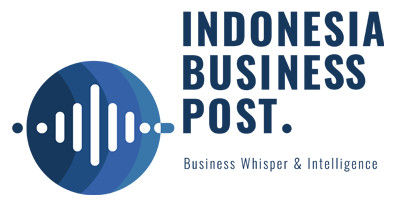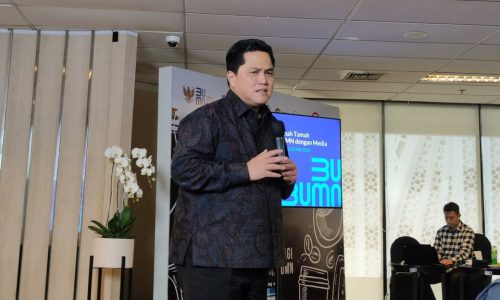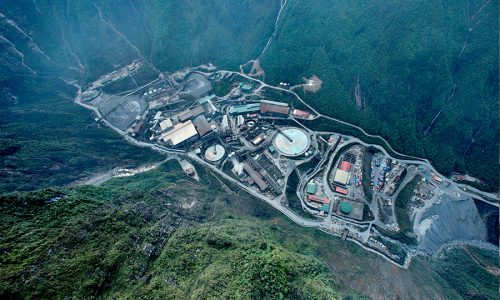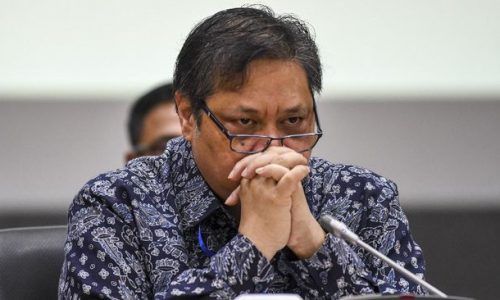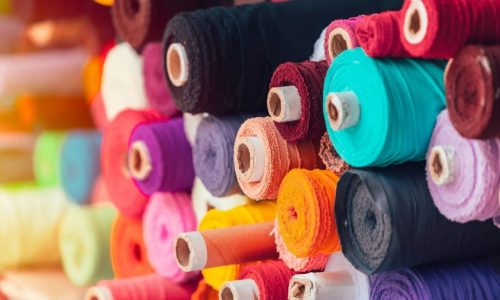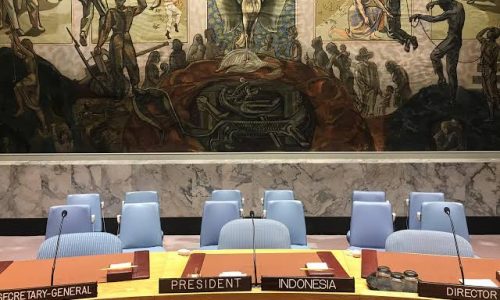Indonesian authorities are optimistic about developing the downstream mineral industry and prohibiting the export of raw minerals. The downstream sector, however, has a long way to go, according to some industrialists and market players.
During his annual State of the Nation address on August 16, 2022, President Joko “Jokowi” Widodo stressed the importance of continuing the downstream process and industrialization of Indonesia’s natural resources.
As an example, the downstream industry of nickel has increased iron and steel exports by 18 times. The value of exports in 2014 was only IDR16 trillion. However, in 2021, it expanded to a whopping IDR306 trillion.
“Our goal is to reach a IDR440 trillion by the end of 2022. That is only from nickel,” Widodo indicated in his speech, adding that foreign exchange would also climb up so that the Rupiah’s exchange rate would remain stable.
Leading lithium battery producer
To date, the president has stated that Indonesia is the world’s leading producer of lithium batteries. Several electric vehicle (EV) manufacturers from Asian and European countries and the United States have invested in Indonesia.
In addition to nickel, the government will also encourage downstream production of bauxite, copper and lead. To support the development of the global green economy ecosystem, Indonesia must create an integrated ecosystem for the industry in the country.
The government’s goal is to secure more added value from domestic mineral resources, according to the Director General of Coal and Mineral Resources of the Ministry of Energy and Mineral Resources, Ridwan Djamaludin. Indonesia will no longer be able to export raw materials as stipulated by Law No. 3/2020. The answer to this policy is metallurgical activity. Since there are many unemployed workers, Indonesia needs to create jobs to facilitate the younger generation.
Additionally, from a macroeconomic perspective, during the COVID-19 pandemic over the last two years, most countries, including Indonesia, have experienced growth through their extractive and processing industries. Regions whose economies are based on these industries benefit from investment in mining and processing.
Therefore, the government would like to facilitate, provide more incentives and provide more benefits to those interested in investing in Indonesia’s mining and processing industries. Also, future policies may be enacted to promote internal processing. In other words, strict regulations will be passed to prevent exporting more materials.
Gloomy picture of bauxite sector
Despite the government’s optimism, some industrial players are pessimistic about the development of downstream bauxite industries.
According to Ronald Sulistianto, Chairman of the Indonesian Association of Bauxite and Iron Ore Companies (APB3I), the bauxite sector is not doing well or has stagnated. In addition to the high cost of building a bauxite smelter of approximately US$1.2 billion, the changing Indonesian law disappointed investors who had invested their money in Indonesia, including those who founded Well Harvest Winning. “Currently, they are more cautious about investing in the bauxite sector,” he said.
Sulistianto pointed out that the government revoked 2,000 out of 2,600 bauxite mining permits without providing valid reasons. When investors inquired the cancellation of the permit, the government did not explain it clearly. In state administrative courts, many companies file lawsuits against the government. Some of them were successful in their cases. “It sets a bad precedent for the industry,” he said.
The government, according to Sulistianto, has developed a road map and a plan for developing the downstream industry for bauxite. However, the problem is that policymakers never consider bauxite to be different from other minerals. In addition to bauxite, nickel is an additional component because nickel is cheaper and the final product determines its quality.
“When it comes to bauxite, alumina is the intermediate product and 99 percent of the bauxite. When heated, alumina can be converted into aluminum. However, heating alumina into aluminum requires a large amount of power,” he said.
The ban of using fossil fuel
Another issue of power or electricity arises when it comes to heating the alumina. For investors, the main concern is the ban on fossil fuel power plants. As a result of the prohibition on the use of fossil fuel power plants for smelters, investors suffer losses. After establishing the smelter industry, Indonesia should implement the policy in 2030.
“China in the past has used fossil fuels to run its factories. Now that they have an advanced economy, they have banned smoking. Their downstream industry has been successful. We should not follow advanced countries simply because they are more established,” he added.
Based on these factors, Sulistianto estimates that only two of the six smelters on the government’s plan will be operational in 2023. The bauxite smelter owned by Well Harvest Winning has been operating since 2022. It is possible to expand the smelter capacity from 1 million to 2 million tons per year.
The new smelter is in Mempawah, West Kalimantan, and is owned by PT Borneo Alumina Indonesia. A second bauxite smelter owned by the Indonesian state-owned company PT Aneka Tambang (Antam) has been stalled due to an internal problem with the company’s contractor.
“No smelter will be completed in January 2023 and commissioned in the next six months. It is gibberish,” he said.
Sulistianto believed that the goal of banning bauxite exports in 2023 after the completion of all smelters will not be met. “The company can only promise that they will complete the construction of the smelters, but their real intention is to take advantage of the export quota. If there is no export quota, they will leave. They are traders who seek profits,” he said.
He suggested that the government could apply a zoning system to the downstream industry if it is serious about developing it. For instance, the government can design two to three bauxite smelters in West Kalimantan, one in Bintan and another one in Central Kalimantan. As a result, each smelter will have a capacity of 2 million tons. The total capacity of Indonesian bauxite smelters is 10 million tons per year if there are five smelters. Smelters with a capacity of 10 million tons require 30 million tons of bauxite yearly. Miners supply 30 million bauxite annually, sufficient to absorb all 1.4 billion tons of bauxite reserves in Indonesia.
The problem is that small miners with insufficient capital to build a smelter can only sell their bauxite to the two existing smelters – Borneo Alumina Indonesia and Well Harvest Winning Smelters – at a meager price since they have no alternative market for their bauxite. “I hope small miners can sell their products at the price set by the association. If not, the smelters will determine the price of bauxite as they see fit,” Sulistianto said.
Problems with copper
According to Djoko Widajatno, Executive Director of the Indonesian Mining Association (IMA), based on the report from the energy ministry’s Director General of Coal and Minerals, several obstacles prevent the construction of copper smelters, including the COVID-19 pandemic that affects the management of the supply chain due to the necessity of importing materials and equipment for the smelters.
Capital is another issue. The energy ministry’s Director General of Coal and Minerals set a target of US$5.3 billion for investment in the copper smelter sector for 2022. To date, only US$1 billion has been realized. Additionally, mining companies of PT Amman Mineral Nusa Tenggara (AMNT) and PT Freeport Indonesia are developing a copper smelter with an annual capacity of 1.2 million tons.
Freeport spokesman Riza Pratama said building a copper smelter was not economically feasible for the company due to the high cost and the lack of copper concentrates due to existing copper smelters worldwide.
“The number of smelters in the world is greater than the number of copper smelters,” he said, adding that Freeport had to subsidize the smelters if it had to build them.
Small value added of smelters
However, Bouman Situmorang, Chairman of the Indonesian Professional Metallurgists Association (APMI), believed that the value added to smelters from processing and purifying copper was relatively small because the price of copper concentrate is approximately 90% to 93% of the cost of copper metal. Thus, copper smelting has a value added of only 7%.
“As a consequence, the copper smelting margins are small. It is the reason why copper downstream development has been slow. As a result of the government requirement that mining companies build smelters, the development of the downstream copper industry can continue. Non-mining investors have difficulty building copper smelters,” said Situmorang.
It takes 20 years for a copper smelter to break even due to the small margin of copper smelting.
According to Pratama, no business wants to wait 20 years for a BEP (break even point). For example, Freeport’s first smelter was built in 1991, and the BEP can only be achieved after 20 years of subsidization.
As a second problem, Widajatno asked, if the Freeport copper smelter is operated, who will offtake the copper chanted? The copper downstream industry has not yet developed fully in Indonesia. Currently, no copper derivative or downstream industry in Indonesia can consume the copper cathode produced by PT Smelting in Gresik, East Java. Therefore, only 50% can be absorbed by the local market.
Freeport’s first smelting product was consumed only by 50% of the domestic market; there is no derivatives industry for these products. By 2024, the company does not know which market will be able to absorb its new smelting products. The new smelter subsidiary will be operational for 20 years.
“Currently, the government should encourage domestic and foreign companies to consume copper, for example, for electronic goods, electricity cables and electric cars. They all owill need a large amount of copper because copper is used to transmit power. Copper is the most efficient conductor. Therefore, the government should pay attention to how copper is consumed by companies that produce cables, electric goods, and automobiles,” Pratama explained.
Consistency from government’s side
According to Situmorang, the government will consistently encourage the industry to build smelters. For example, the government has prohibited the export of nickel ores into the nickel subsector. The bauxite sector has also seen four ongoing or existing projects, while 13 other alumina and bauxite smelters will be constructed. He explained that AMNT and Freeport are building smelters in the copper subsector.
“I think the government is not likely to open raw copper and other raw mineral exports. It will not be easy because the law has been revised several times since 2009, 2014 and 2019, and the latest delay is in 2023,” he said.
In the context of copper smelters, Situmorang said 3 million tons of total copper concentrates could be absorbed by Freeport’s smelters with 3 million tons of annual production. He hopes that the smelter at Freeport and AMNT will be able to absorb the copper concentrates produced by other copper miners. According to Widajatno, small copper miners are not economically feasible to build copper smelters that cost US$4-5 billion.
“To apply a socio-capitalist system, companies need to merge with other companies to hand over their production to existing smelters or to construct their smelters,” he said.
However, Sampe L. Purba, an adviser to the Ministry of Energy and Mineral Resources, stated that the government could not stop the export of copper concentrate.
“The current situation is that [some people say] 2021, 2022, and 2023 will be an extension of the mineral export ban. However, it is a more political issue,” he said, adding that Indonesia needed reliable electrical power to process minerals domestically to stop exporting them. Coal-fired power plants provide the most reliable force for smelters.
He suggested to work with Chinese companies. Some of the minerals can be refined here in Indonesia, while the rest can be refined in China. “However, you have to cross-share. For example, Chinese companies can own shares in Indonesian companies and Indonesian companies can own shares in Chinese smelters. That is, rather than building smelters here,” he explained.
In his opinion, Indonesia should refrain from talking about stopping exports in order not to provoke foreign nations’ anger. “What happens now is that we stop exporting, but we do not talk to the European Union (EU). Twenty-seven countries in the EU are compelling. The EU serves as a proxy for the US,” he stated.
